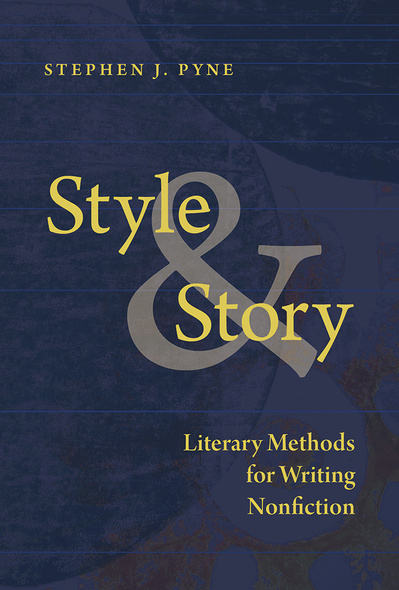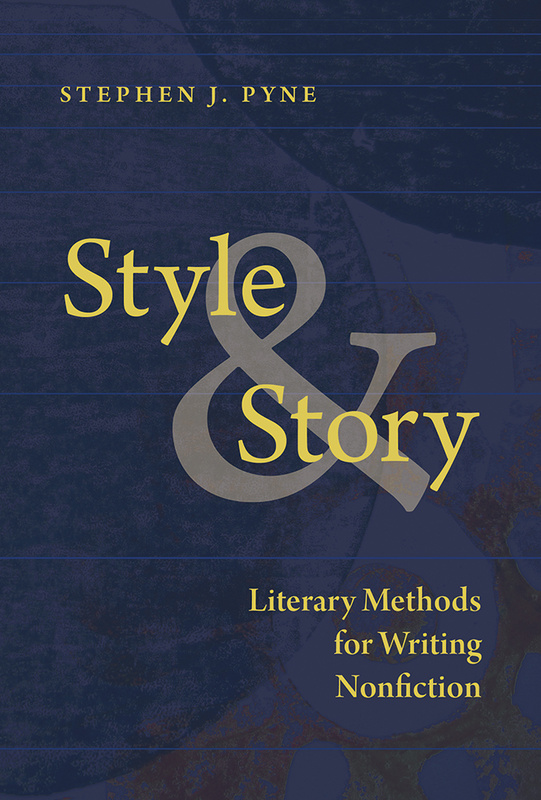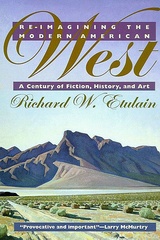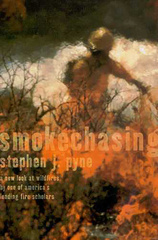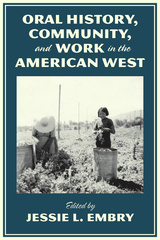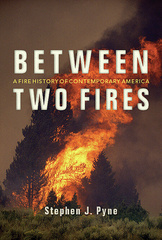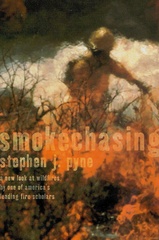Style and Story
Literary Methods for Writing Nonfiction
The University of Arizona Press
There are two basic rules for writing nonfiction, says historian and award-winning author Stephen J. Pyne. Rule 1: You can’t make stuff up. Rule 2: You can’t leave out known stuff that affects our understanding. Follow these rules, and you are writing nonfiction. Writing for different audiences and genres will require further guidelines. But all readers expect that style and story (or more broadly, theme) will complement one another.
Style and Story is for those who wish to craft nonfiction texts that do more than simply relay facts and arguments. Pyne explains how writers can employ literary tools and strategies to have art and craft add value to their theme. With advice gleaned from nearly a dozen years of teaching writing to graduate students, Pyne offers pragmatic guidance on how to create powerful nonfiction, whether for an academic or popular audience.
Each chapter offers samples that span genres, showcasing the best kinds of nonfiction writing. Pyne analyzes these examples that will help writers understand how they can improve their nonfiction through their choice of voice, words, structure, metaphors, and narrative. Pyne builds on his previous guide, Voice and Vision, expanding the range of topics to include openings and closings, humor and satire, historical writing, setting scenes, writing about technical matters and deep details, long and short narration, reading for craft, and thoughts on writing generally. He also includes in this volume a set of exercises to practice writing techniques.
Style and Story will be treasured by anyone, whether novice or expert, who seeks guidance to improve the power of their nonfiction writing.
Style and Story is for those who wish to craft nonfiction texts that do more than simply relay facts and arguments. Pyne explains how writers can employ literary tools and strategies to have art and craft add value to their theme. With advice gleaned from nearly a dozen years of teaching writing to graduate students, Pyne offers pragmatic guidance on how to create powerful nonfiction, whether for an academic or popular audience.
Each chapter offers samples that span genres, showcasing the best kinds of nonfiction writing. Pyne analyzes these examples that will help writers understand how they can improve their nonfiction through their choice of voice, words, structure, metaphors, and narrative. Pyne builds on his previous guide, Voice and Vision, expanding the range of topics to include openings and closings, humor and satire, historical writing, setting scenes, writing about technical matters and deep details, long and short narration, reading for craft, and thoughts on writing generally. He also includes in this volume a set of exercises to practice writing techniques.
Style and Story will be treasured by anyone, whether novice or expert, who seeks guidance to improve the power of their nonfiction writing.
Style and Story is a useful guide for all nonfiction writers.’—Choice
‘An immensely helpful primer on writing nonfiction. Style and Story offers invaluable advice, suggestions, and samples to help beginners as well as veterans improve their writing.’—Richard W. Etulain, author of Ernest Haycox and the Western
‘Style and Story can be read fruitfully across disciplines and serve the needs of students and writers from MFA programs to history departments.’—Christopher Cokinos, co-editor of The Sonoran Desert: A Literary Field Guide
‘Go through Pyne’s boot camp, and you’ll emerge a better writer—and a better reader and a better thinker, too. Style and Story belongs alongside Strunk and White, Anne Lamott, and William Zinsser on the look-it-up shelf.’—Gregory McNamee, author of Tortillas, Tiswin, and T-Bones: A Food History of the Southwest
Stephen J. Pyne is a Regents’ Professor in the Human Dimensions Faculty of the School of Life Sciences at Arizona State University. He is the author of more than 30 books, including The Ice, How the Canyon Became Grand, and Voyager. He is also the author of multiple volumes surveying the American fire scene: Between Two Fires: A Fire History of Contemporary America and To the Last Smoke, a suite of regionally focused books about wildfire, all published by the University of Arizona Press.
1. Openings . . .
2. Resetting the Scene
Interlude: Every Day’s a Burn Day
3. Words on Words
4. The Poisonous Passive
Interlude: The Imitative Fallacy
5. Make ’Em Laugh, Make ’Em Laugh
6. Deep Details, Thick Descriptions
Interlude: Learning How to Write by Learning How to Read
7. More Than Words Can Say: Short Narration
8. More Than Words Can Say: Long Narration
Interlude: Nonfiction as Literature
9. . . . and Closings
Writing Exercises
Notes
Index

